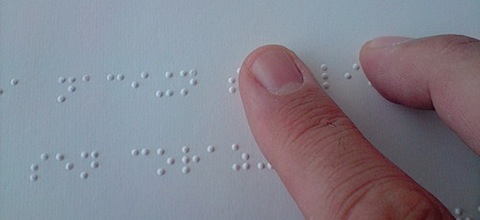Any academics out there want to read the draft of an article I’m working on? I really need some outside perspective. If you don’t have time or inclination to read the whole thing, do you have any suggestions for recent scholarly work on the interplay of orality and literacy? Here’s the introduction:
Over the course of the eighteenth century, the British religious movement known as Methodism created a sophisticated communications network. This network incorporated not only print, through the publication and distribution of millions of pages of material in a variety of formats, but also speech, specifically the highly systematized oral practice of hundreds of itinerant preachers at hundreds of Methodist preaching houses. Little scholarship on Methodists and print culture has appeared in recent years, which is surprising, given their prolific publishing and the recent growth of print culture studies. Similarly, although some have addressed Wesley’s reliance upon traveling lay preachers, we have yet to see a satisfactorily detailed picture of the preachers’ role in taking the movement’s message to hundreds of thousands of listeners. The histories of sound and of auditory culture are attracting a growing number of scholars who would do well to turn their attention to preaching.
However, any scholarship on eighteenth-century print culture or speech arguably provides a flawed, partial view of the communicative practices of the period by ignoring the dynamic interactions of literate and oral practices to focus on either independently. In fact, such independent focus risks adopting uncritically a limited conception of language first fully developed in the eighteenth century. Nicholas Hudson has traced the “slow and uncertain†emergence during this period of the concept of “oral tradition,†a belief that a “substantial body of knowledge or literature could be preserved without the use of letters.†Although, as Hudson explains, this concept gradually lost its controversial status, it leaves us with our modern understanding of orality and literacy as separate spheres of habit and thought. Counter to this understanding, D. F. McKenzie has argued persuasively that different modes of communication interact in complex ways: “None surrenders its place entirely; all undergo some adjustment as new forms arrive and new complicities of interest and function emerge.â€
Following McKenzie’s lead, this essay analyzes early Methodism’s simultaneous embrace of the pulpit and the press, an embrace that placed the movement at the intersection of oral and literate cultures in Britain and that complicates any easy formulation of orality and literacy as separate cultures. For eighteenth-century Methodists, not only was the printed word enmeshed in a world of speech, but the spoken word often relied upon print in order to be most effective. What follows is an analysis of Methodist preaching, of Methodist publishing, and of the ways in which these two practices became inseparable. Finally, a discussion of one early Methodist publishing project, The Arminian Magazine, clearly illustrates the ways in which oral and literate practices complemented and competed with each other.



